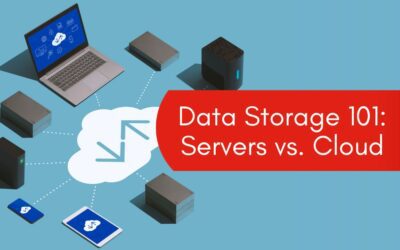Distribution logistics includes a wide range of activities. It focuses on achieving efficient distribution and movement of finished products by taking goods from the end of a production line and reaching consumers. We can divide over-the-ground wholesale distributors into asset-based (the ones who use their own fleets) and asset-light.
According to Dun & Bradstreet, the wholesale distribution industry in the US includes about 415,000 establishments (single-location companies and units of multi-location companies) with combined annual sales of about $7.8 trillion. This industry includes both companies with hundreds of distribution centers and thousands of fleets of trucks and small local distributors: the 50 largest distributors generate about a quarter of industry revenue.
We can divide logistics operations into three parts: a) fulfillment management, b) warehouse management and c) transportation management. In this blog post, we are going to look at the transportation management part.
WHAT CHALLENGES DOES COVID-19 POSE FOR THE WHOLESALE DISTRIBUTION INDUSTRY?
The new normal requires firms that want to stay afloat or grow to understand its peculiarities and take action. Low Touch Economy is the new state of our society and economy as they have been permanently altered by Covid-19. It is characterized by low-touch interactions, health and safety measures, new human behaviors, and permanent industry shifts. For the distribution industry, it creates both internal and external challenges.
The most prominent and probably lasting external hardship is the behavioral shift. Particularly, people will be wary of how they interact with each other and businesses. Thus, we can expect lower demand for the entities which are most affected by the behavioral shift, such as restaurants, schools, and other places for public gatherings. People are also changing their behaviors relative to how they touch and handle things, with health and safety issues being paramount.
Secondly, some of these changes seem like they are here to stay. Thus, for some distributors such as food service and apparel, the demand shock of this new normal can last longer, and changes in demand patterns can be permanent. The shock also forced a number of distributors to lay off their most valuable workers – planners and dispatchers, and now they need to implement the logistics management with less available resources.
So the changes in the economy, a shortage of human resources, and a more remote nature of operations generated new challenges for wholesale distribution logistics planning and execution.
WHAT ARE THE MAIN PROBLEMS OF TRANSPORTATION MANAGEMENT AND HOW CAN YOU SOLVE THEM?
Planning
Unlike same-day delivery operations, B2B distributors might have a multiday planning horizon from multiple distribution centers (DCs). The asset-based distributor’s main goal is to have the maximum number of orders delivered in the shortest possible time while simultaneously taking into consideration variable distances, delivery windows, and service times of orders. Ideally, companies should be able to reach a maximum loaded mileage to achieve this goal. The best-loaded mileage can be reached by a) increasing the loading ratio and/or b) decreasing driving time or mileage.
Along with the need to consider different delivery days, time windows, and service times, reaching the best-loaded mileage is becoming a next to impossible task. Moreover, volatile demand and less available human resources amplify these inefficiencies as planners through too many trucks on the problem or create planes with thousands of excessive miles. Reverse logistics also should be properly planned and optimized in the same way.
Multiple DCs
Large distributors usually operate multiple distribution centers, so they need to have an option to alternate their delivery locations. The majority of ERP’s in companies isolate DC’s and don’t allow companies to look at the bigger picture. The solution would be the as-if scenario analysis to plan orders from DCs offering maximum deliveries.
Visibility
Despite the accelerating trend during the recent year, the importance of logistics visibility is becoming a must-have functionality in the post-COVID-19 world. Having visibility on potential late deliveries beforehand helps to mitigate their occurrence.
Most companies are connected to ELDs, or they use other GPS tracking software these days. While it helps to trace truck locations, it does not allow them to anticipate potential late deliveries at the stop level. The problem is that delivery time equates to driving time and stop level service (or dwell) and other HOS required stops time. The solution would be checking feasibilities with delivery windows and warning about potential late deliveries. This information is visible both to dispatchers and drivers.
Companies need to have a unified dashboard of ongoing deliveries and should be able to identify potential risks beforehand. Using route planning software can be a good solution for this purpose. This unified visibility is the key to decreasing late deliveries and increasing customer satisfaction. Improved visibility also involves better communication with drivers, contactless proof of deliveries (PoD), and instant information exchange. The customer notification automated system also would help to decrease the waiting time in customers’ docks.
Reporting and analytics
Much higher data integration presents both opportunities and challenges. COVID- 19 boosted the complexity of operations and created a more ambiguous external environment. Distributors should be able to understand inefficiencies in their distribution operations at corporate, DC, and even dispatcher and driver levels.
Along with performance analytics, accumulated information should be analyzed and turned into insightful forecasts for getting better plans and decreasing uncertainties. Data aggregation also should help to assess the performance of even more complex operations with thousands of trucks and hundreds of DC’s.
The solution is a data integration of planning, dispatch, and delivery operations in a way that companies can generate both asset level and highly integrated reports and run Machine Learning (ML) algorithms for predictive analytics.




